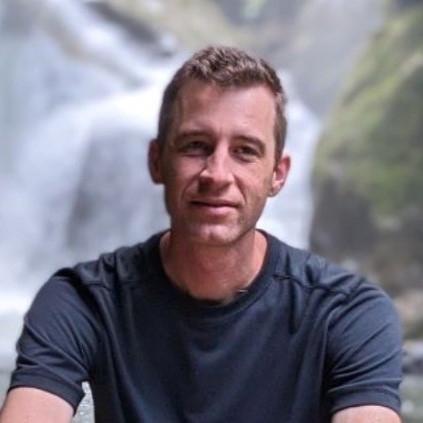Learning How to Manage Life in Rural Brazil
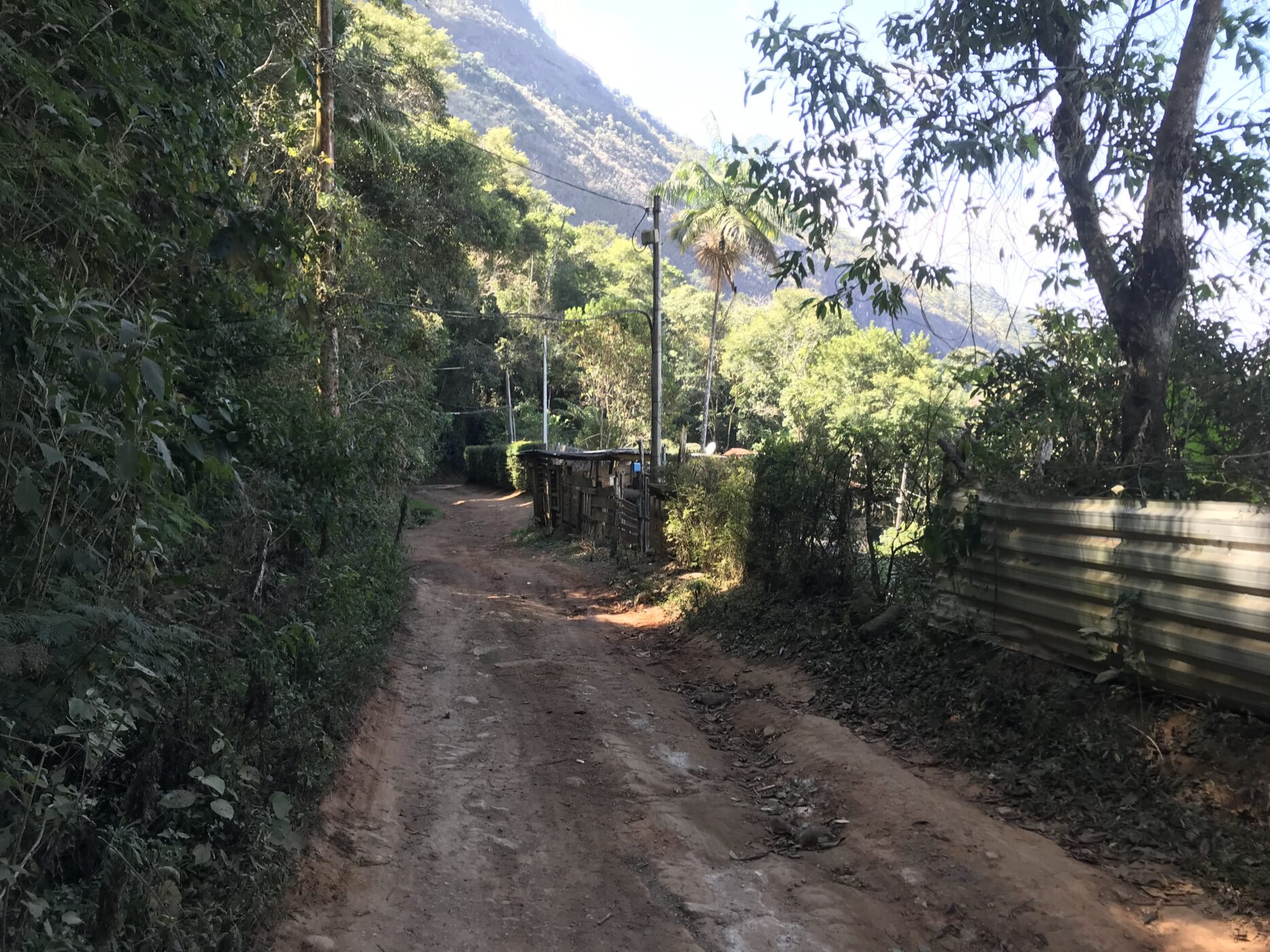
With months to go in our first “gap year” country, Brazil, we must learn afresh how to be competent adults. It has not always been a smooth process.
Fill Up
I was able to put it off for an entire week. But sooner or later I was going to have to do this. These are the moments that set the butterflies in my stomach aflutter. It’s a feeling of thrill, but also mild panic.
No, I wasn’t about to jump out of a plane. I just had to fill up on gas.
I rolled up to a pump with my rental car for the first time on our trip in rural Brazil. There were two attendants squatting by the pumps. Great. Now I have an audience while I fumble around trying to decipher the process in real-time. I reminded myself that in general people here were probably more patient than in my native Chicago where everyone is in a hurry.
He asked how much gas I wanted. In some botched up way I got across that I wanted to fill the tank. Wow. By some miracle, we communicated in Portuguese!
I spent a few minutes trying in vain to find gas flap release lever while making exaggerated shrugs to the attendant. He went around to the cap and figured out that I just needed the key to unlock the screw cap. Then I had to decide gasolina or etanol. Turns out either was fine, but I didn’t know that at the moment.
“Are you from here?” he asked. His amused look told me he already knew the answer.
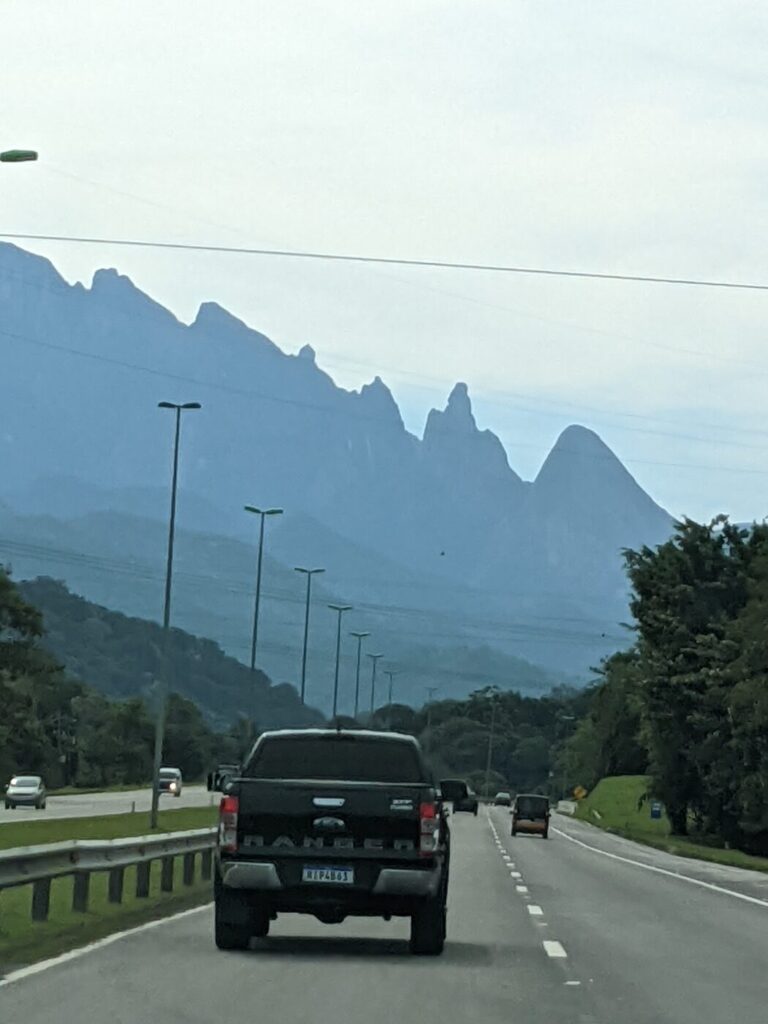
Like a Child
Being a foreigner in a strange land is like being a ten-year-old shoved into navigating an adult world alone.
We are learning on the fly how to speak and act politely, how to use the appliances, how to answer the question, “Is there anything else you need?” in the checkout line, which for some reason flusters me every time.
If this were just a two week vacation we would eat out every meal, take public transit, and handle our medical needs and haircuts before or after our trip. But we are in this for the long haul. We’ll be spending at least four months in Brazil and a whole year in South America.
So it is imperative that we dive in head first and figure it out, despite the inevitable mistakes and embarrassments.
Putting Food On the Table
I broke the stove on the first day. I was just trying to make a coffee.
One of the ways in which we are attempting to change the family dynamic on our “gap year” is for me to do more of the food preparation, allowing Liuan more time to write. I imagined this to be quite easy, just a matter of having more time on my hands. After all, I’ve become quite adept at baking bread, not exactly a beginner’s activity. I’ve also put together some pretty snazzy meals when I’ve been so inspired.
But having to plan every single meal is different. It’s a relentless series of calculations of how much of each ingredient is left, who needs to eat what, and how can I stretch out my efforts as far as possible so I can relax a few hours a day. (No kidding! Liuan is probably thinking).
The effort is compounded by the different cast of ingredients (what do you do with Tapioca flour? where is the half and half?). Then there is the fact that, since she’s prediabetic, Liuan doesn’t eat any of the things I would instinctually rely on to feed myself and three growing bellies — bread, pasta, baked goods. It appears I’m going to have a steep learning curve over the next few weeks.
Our AirBnB is pretty well equipped kitchen-wise. In fact it has three kitchens: a main floor kitchen, a ground floor kitchen that is only accessible from the patio, and an outdoor kitchen. The outdoor kitchen has a Brazilian brick oven and barbeque, which I hope to learn how to use, but not practical for day to day meal prep. The ground floor kitchen has an ancient looking gas stove which singed off all my thumb hairs when I tried to light it.
On the first day, I decided that the main floor gas stove with a spark ignition seemed like the safest bet for boiling some water. It had a glass top, which I figured was similar to the glass top on my electric stove back home. So I set the kettle on the glass and lit the element.
Now, to make the pancake batter. But where were the mixing bowls? I rummaged through every cabinet. I was able to find all sorts of gadgets, pans, dishes, and more empanada presses than you would think necessary. But sadly, no mixing bowls.
I ran outside and down the steps to the back patio to check the ground floor kitchen. Nothing.
As soon as I returned to the main floor kitchen I knew I had made a big mistake. A tall yellow flame was burning up the plastic hinge of the glass top as an acrid stream of black smoke snaked upward. I quickly turned off the flame and raised the glass. The hinge was charred but still intact.
I heard the glass make little ticking sounds as it cooled.
A few minutes later, as I dragged the whisk through my pancake batter, the glass top exploded into tiny pebbles all over the kitchen.
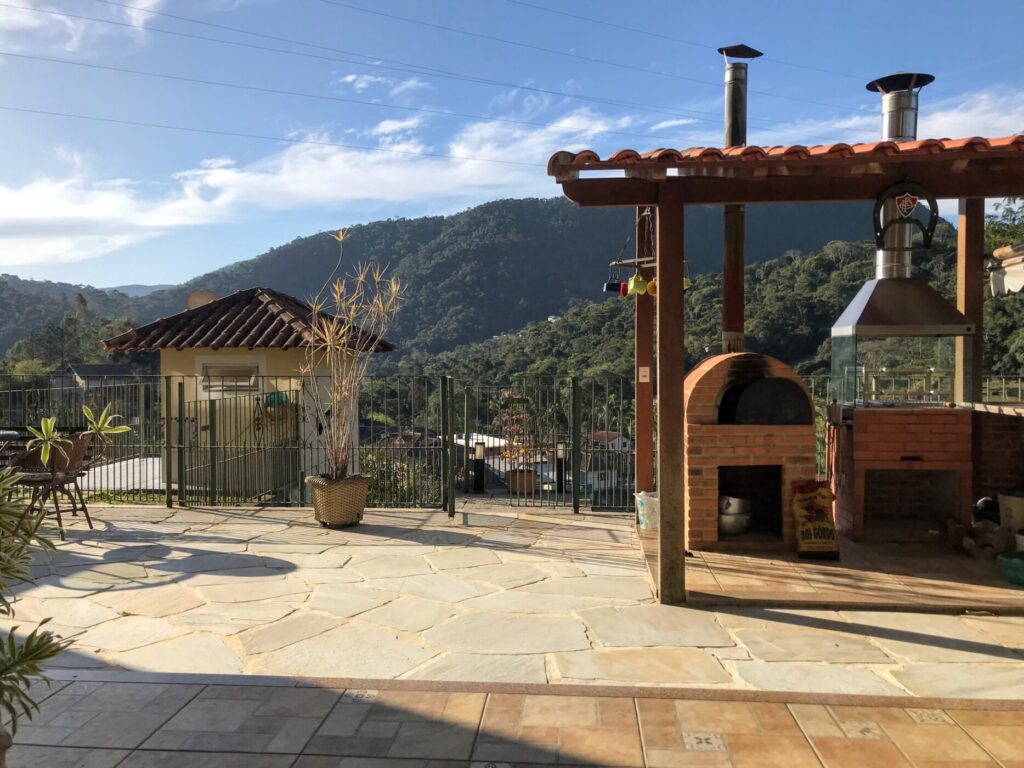
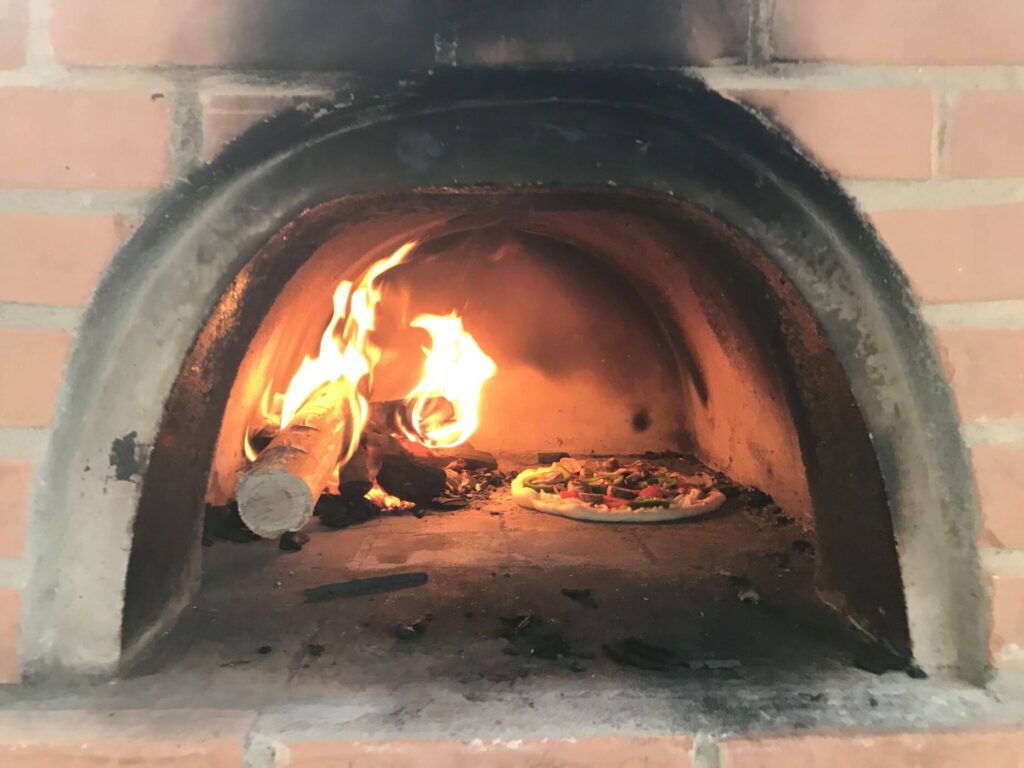
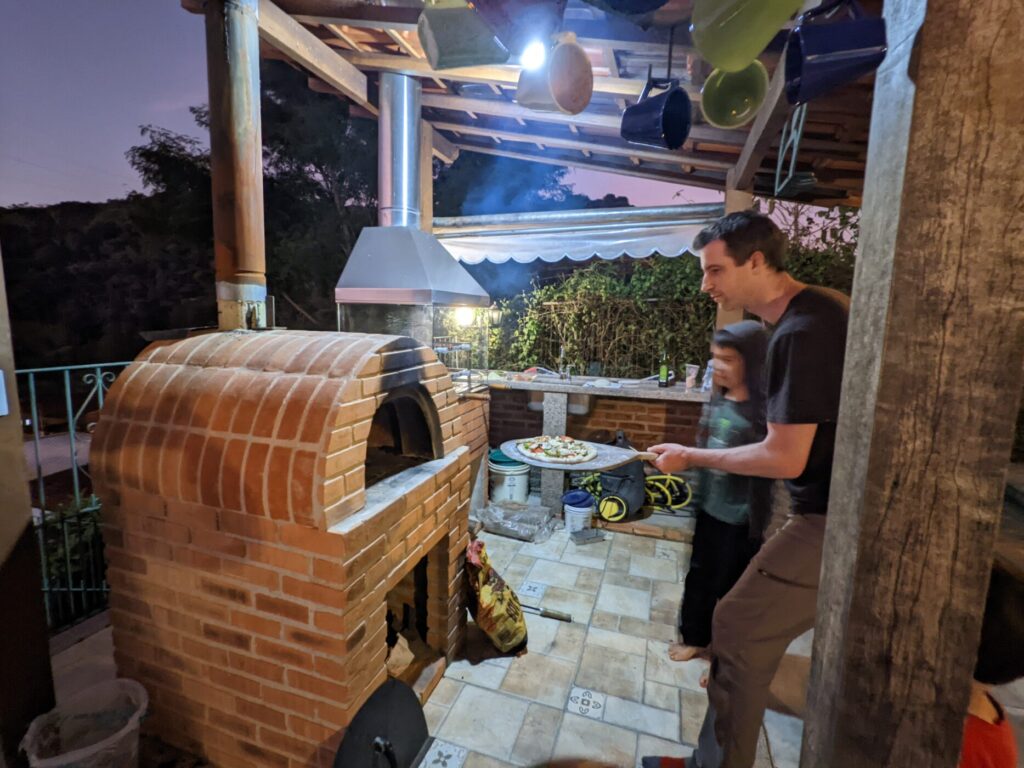
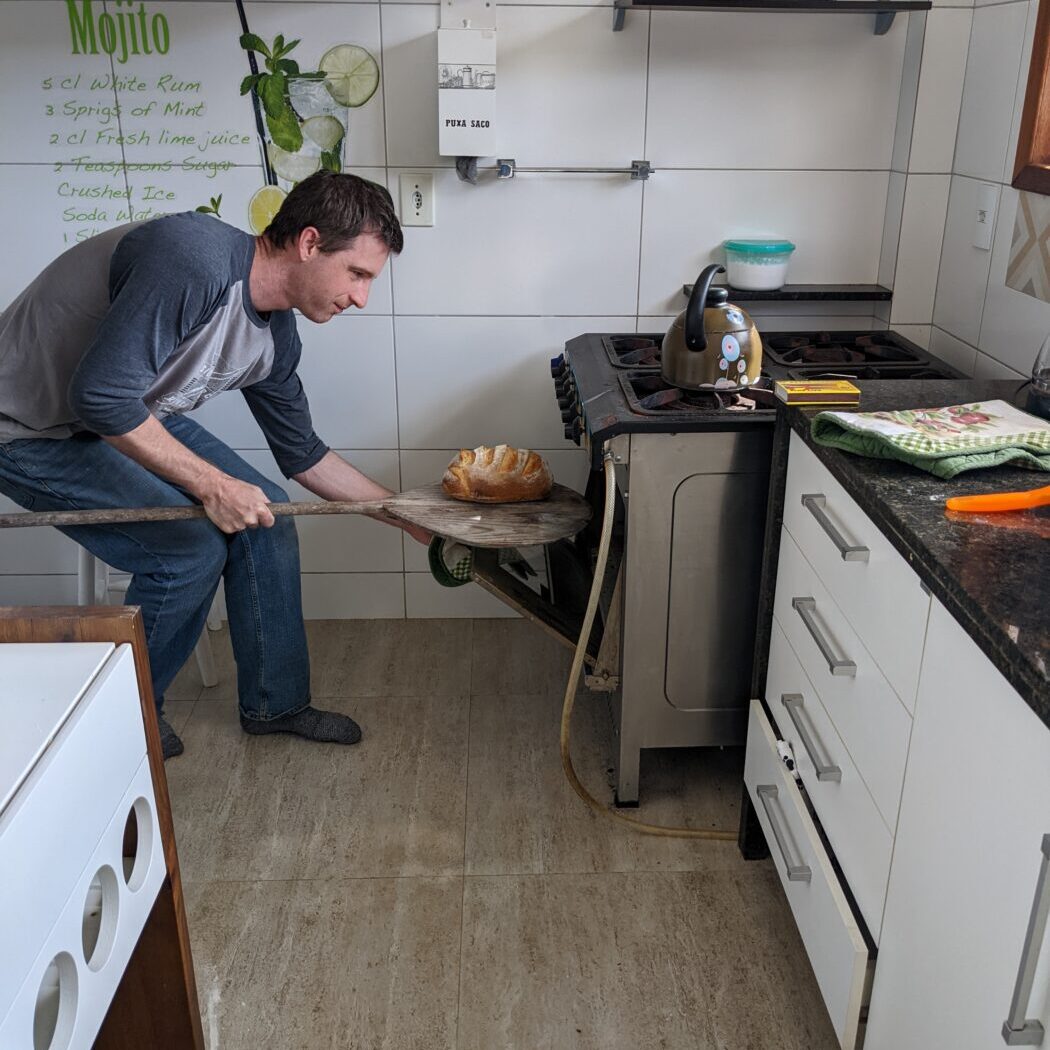
Driving
The thing that has taken the most getting used to in Brazil is driving. I never realized until now how little of your brain you use when driving in the United States with its flat, well-maintained streets and regular grid-like patterns (at least where I’m from in the Chicago suburbs).
Here in Brazil, a wayward thought while behind the wheel could be the end of you. No one needs to remind you to not text and drive.
Some of the hazards you face while driving in Brazil include formidable car-wrecking speed bumps that are not always painted, motorcycles for whom traffic laws do not apply, a deep half culvert where a shoulder should be, potholes and places where the road is washed out, and an oncoming bus or truck on a road that seems impossibly narrow. And barely a moment goes by where you are not deciding how to navigate two or three of those hazards at once.
One of the top tips for driving in Brazil is to stick to the tollways between cities. I fully intended to follow this tip on my first drive from Rio de Janeiro to Teresópolis, a small city out in the countryside. However, I had forgotten that back in California, I changed a setting in Google Maps to avoid tollways.
Soon after we left Rio’s city limits, we were directed off the highway and started zig zagging through a maze of local streets. I gripped the steering wheel tight and barked at the kids to shut the [fudge] up so I could maintain maximum concentration.
We drove over a brain-rattling railroad crossing and then entered a little residential neighborhood with concrete barriers blocking our way. “Really, does Google really want as to go that way!?!” Surely it was connecting us to another highway just around the corner.
One of the barriers in the middle was missing and I was able to slide the car through.
After a few more zigs and zags I once more came up against another set of barriers. This time there was no place to shimmy through. We were trapped. “Google doesn’t know what the hell it’s doing!”
At this point I realized two things: 1) this was definitely not right and 2) there was no other way out of this neighborhood except the way we got in. This was also the point where I remembered the “avoid tollways” toggle I had set a week ago.
After a few twists and turns, I was able to retrace my path and get out. We stopped and bought some bananas from a street vendor, fixed our Google Maps setting, and got back on the highway.
As I accelerated up the on-ramp I wondered how many American tourists ever laid eyes on that little neighborhood.
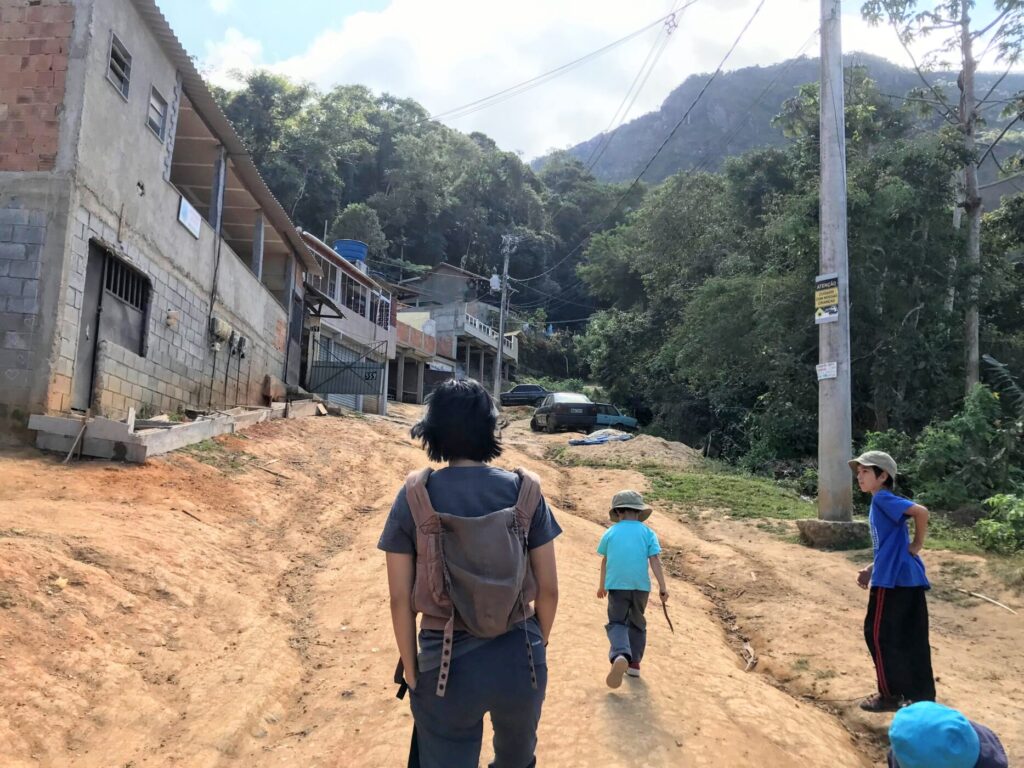
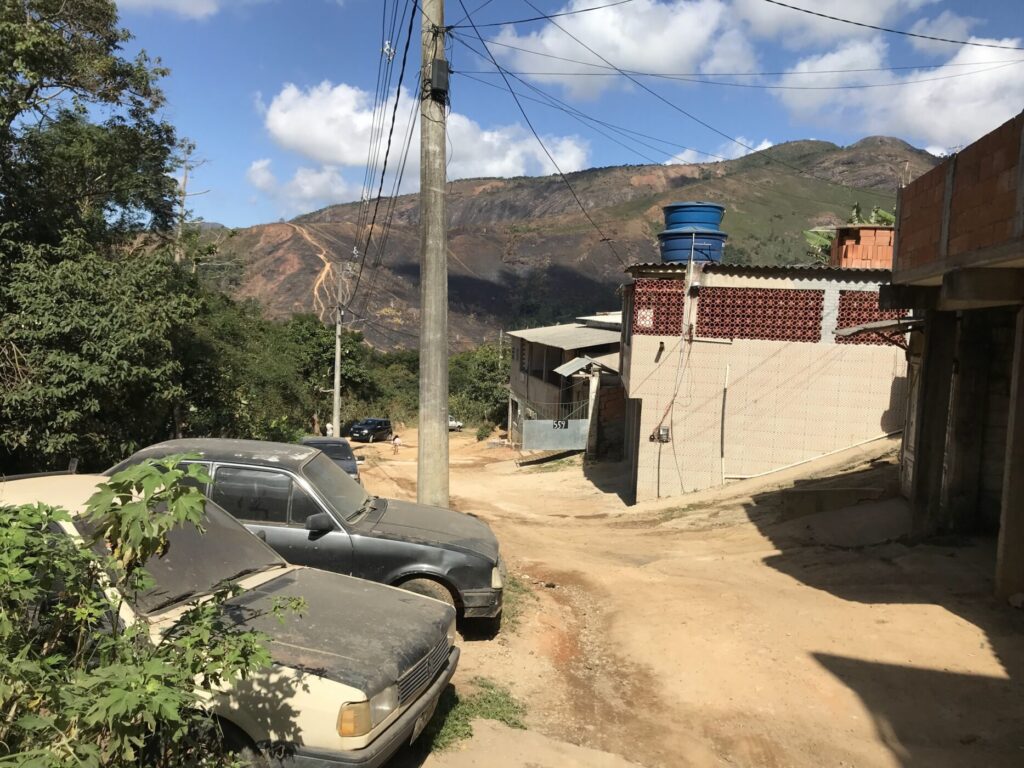
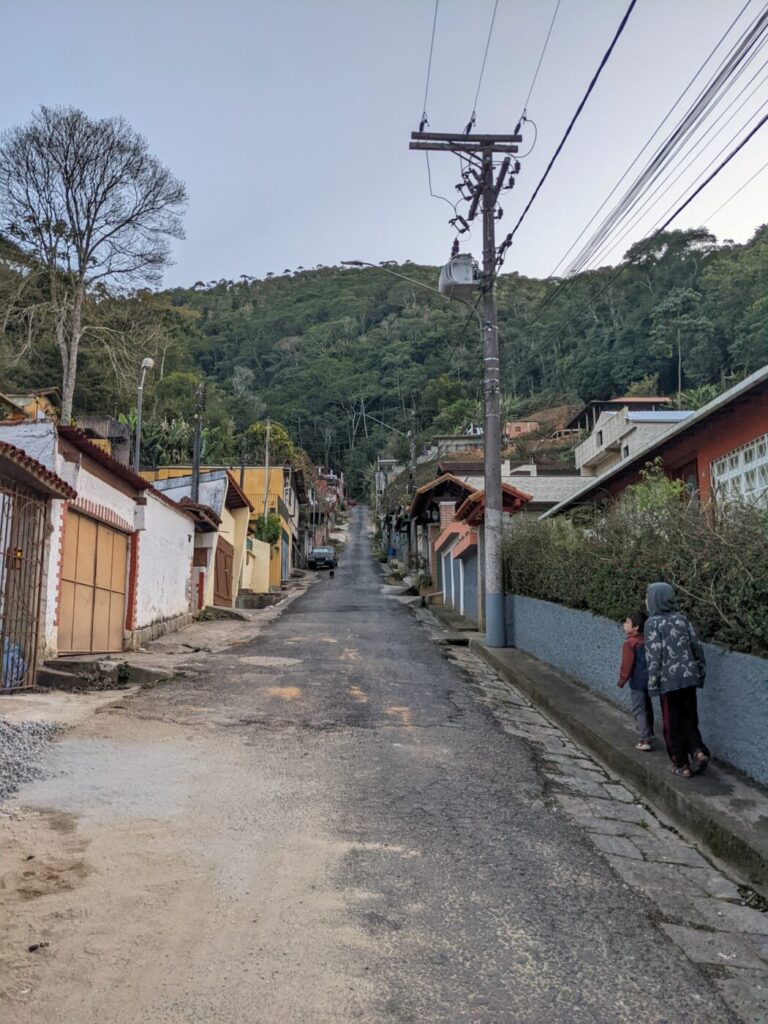
We’ll Make It, I’m Sure
I can’t imagine what it must have been like for the explorers of old. Our travails are pretty minor in comparison.
The biggest challenges we face are charring baked goods in an oven without temperature settings, figuring out what to put on pancakes and French toast when maple syrup isn’t an option, and having to tell our (very forgiving and kind) host that I broke her glass stove cover on the first day. Getting the family vaccinated for yellow fever at the local clinic entirely in Portuguese was a challenge but much easier than, well… getting yellow fever.
Every day presents us with an impasse, a situation we walk into without knowing how it will resolve. Sometimes it’s walking into a clinic with rudimentary Portuguese, or driving into a toll booth with no idea how to pay. Sometimes it’s a bus coming at you on a narrow road.
Each time we push forward, partly because we have faith in the outcome, and partly because it’s our only choice. And each time a little miracle happens. We squeeze past the bus, get the yellow fever shot, and manage to get safely back to our place where we flop into bed, sigh heavily, and say, “wow, that was intense!”
But that’s what makes travel so addictive. Witnessing the little miracles and celebrating the small victories as you learn afresh how to be a competent adult.
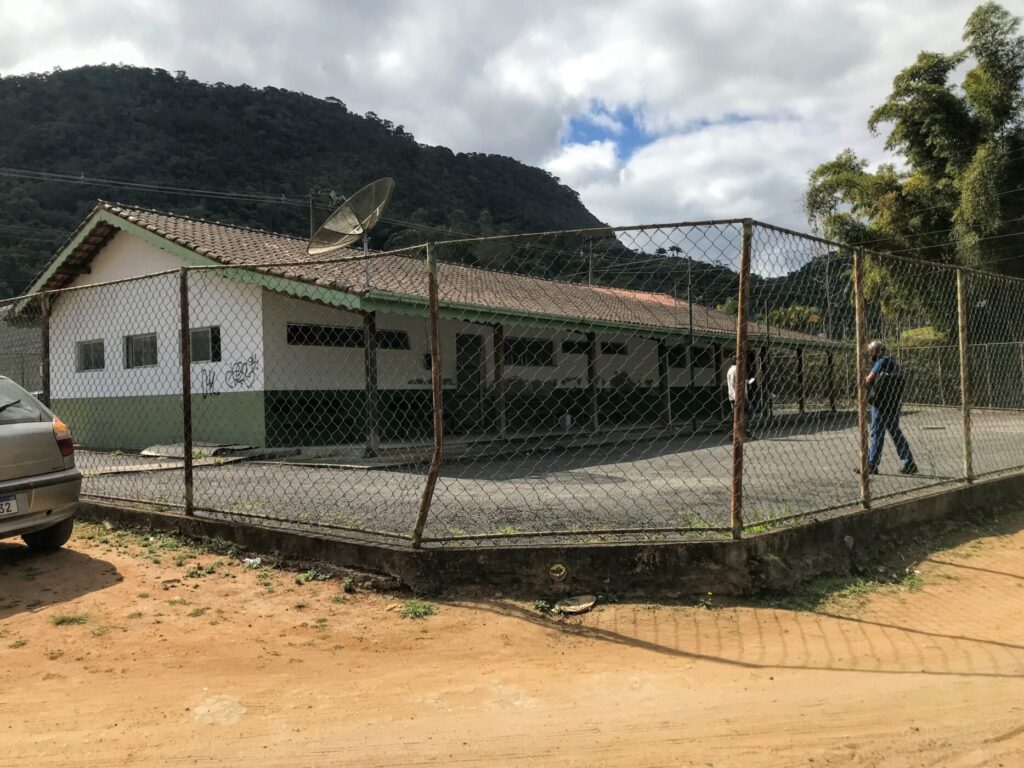
($240 per person in the U.S. – Not covered by insurance.)


